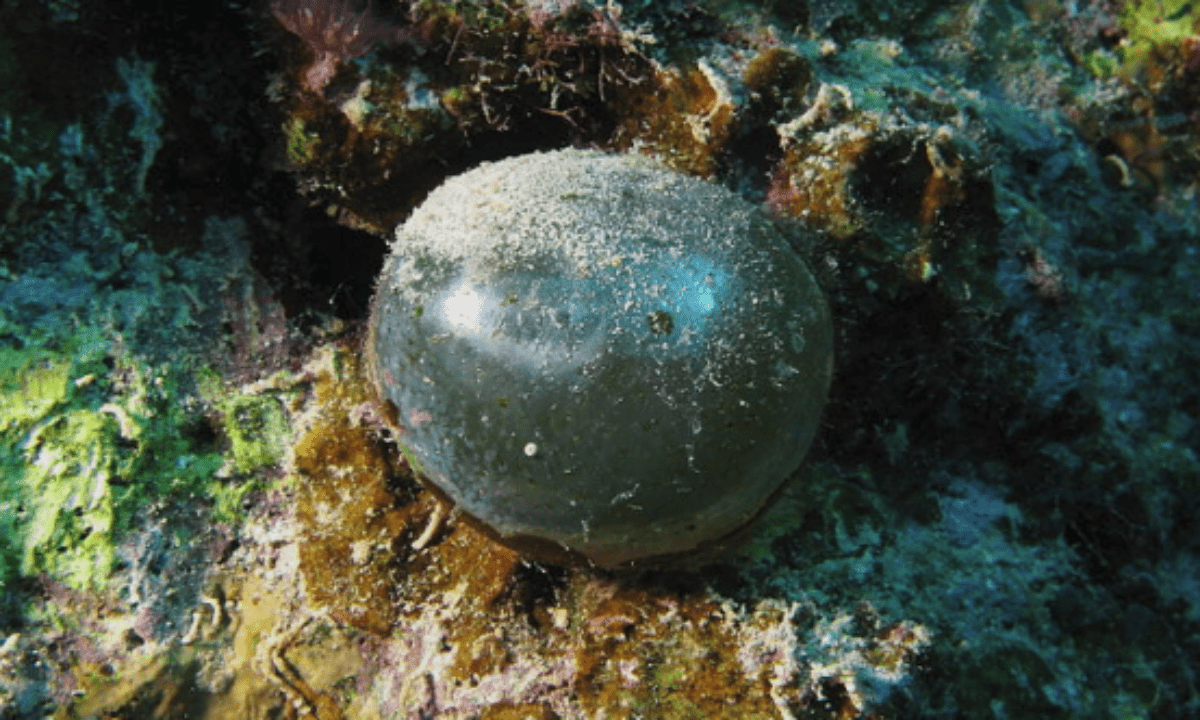Sailor’s Eyeballs (Valonia ventricosa)



Valonia ventricosa, commonly known as bubble algae or “sailor’s eyeballs”. It typically reaches diameters of 1-4 centimeters, with exceptional specimens growing up to 5.1 centimeters. These cells are found in tropical and subtropical waters worldwide.
Syringammina fragilissima


Syringammina fragilissima is one of the largest single-celled organisms, reaching diameters of up to 20 centimeters (8 inches)! This deep-sea xenophyophore creates elaborate structures resembling “living beach balls” and consists of hundreds of interconnected tubes within a single massive cell.
Caulerpa taxifolia

Caulerpa taxifolia is an aquatic green algae that can grow to lengths of 30 centimeters (12 inches). This alga has a complex structure with root-like “holdfasts”, with runners and leaf-like fronds, all contained within a single cell.
Biological Strategies for Giant Size

These giant cells have evolved several key adaptations to overcome the fundamental constraints that limit cellular growth:
Most giant single-celled organisms are “coenocytic”, meaning they contain multiple nuclei within one continuous cell. This allows different regions of the massive cell to maintain local control over cellular processes.
Many large cells develop complex internal structures or folded membranes to dramatically increase their surface area relative to volume. Caulerpa creates frond-like structures, while Syringammina forms intricate networks of tubes.
These cells often develop internal streaming mechanisms to move materials efficiently throughout their large volumes, compensating for the limitations of simple diffusion.
Giant cells typically construct elaborate external shells or tests using environmental materials, providing mechanical support for their large size.
The Ultimate Size Champions

While living single-celled organisms can reach impressive sizes, the largest single cells ever documented are bird eggs. The modern record holder is the ostrich egg, measuring up to 15 centimeters in diameter and weighing 1.4 kilograms.

However, the extinct elephant bird (Aepyornis maximus) produced eggs up to 33 centimeters long with volumes of 8.5 liters, making them the largest single cells ever known to exist.
